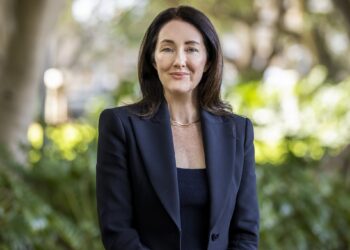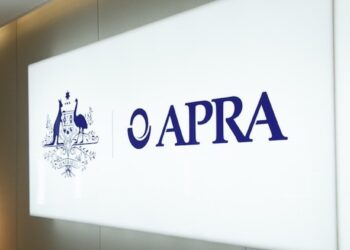Household income should be adopted as a measure of retirement incomes adequacy rather than continued reliance on individual superannuation account balances, according to coal industry fund, Mine Wealth + Wellbeing.
The superannuation fund has used a submission to the Productivity Commission (PC) inquiry into Alternative Default Models, to argue that the change is warranted.
It said that households may consist of one individual but they may often consist of a couple and suggests that if such a couple was provided quality financial advice they would leave with a coordinated plan for how they should spend down their respective superannuation accounts.
“By comparison, the institutional superannuation industry (by “institutional” we mean the superannuation industry ex of SMSFs [self managed superannuation funds]) recognises all individuals as simply that: individuals,” it said.
The submission said that consumption plans for a two person household, established on the basis of the two being individuals, would be less efficiently devised and would lead to less than optimal outcomes for the household which would in turn have a cost on society.
The fund has backed its call with case-studies showing that household assets are more efficiently spent in combination.
It noted that the institutional superannuation industry was not currently well placed from a technology perspective to manage for household outcomes, but claimed that it should nonetheless remain “a relevant aspiration for the industry”.
“An additional extension to the objective of superannuation could be to consider whether superannuation has a role to play in providing a household capital safety net,” it said.
“This would support large expenditure health costs and aged care entry but there are residual concerns around the potential for bequests funded by tax-advantaged savings.”




